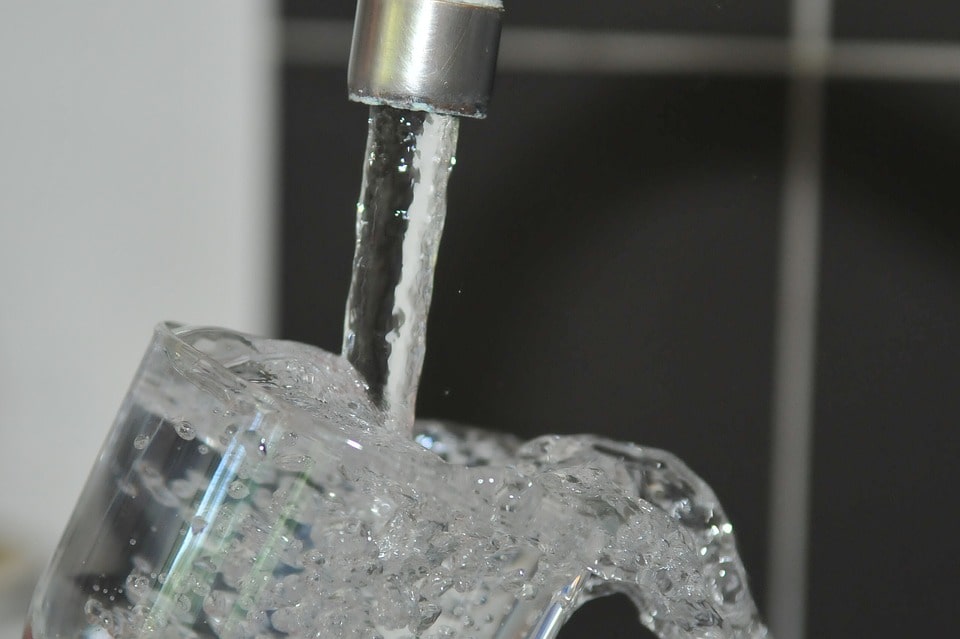
Effective Techniques To Find A Water Leak Behind Drywall
A water leak is a serious matter. The most obvious issue is that the leak will be constantly using water and this will cost you extra money. When you consider a dripping faucet can cost you $20 a month, a leaking pipe could cost you a lot more.
But, that’s only one reason why you’ll want to find and resolve the leak as quickly as possible.
Water leaking in your home will head downward, creating water stains on your ceilings and walls. It will also soak into wood. Over time, this will cause the wood to rot and become weak. You will end up needing to replace it which can be complicated. The weakened wood can even cause structural issues.
Alongside this, excess moisture in your home is more likely to attract pests, causing more issues that you probably don’t want to deal with. Fortunately, finding a leak without tearing all the interior walls down is possible.
Check Exposed Pipes
Your home will have some exposed pipes, these are located near sinks, baths, and water heaters. If you trace the pipes you will be able to identify where they go into your walls. By looking up and downstairs and knowing where your water meter is, you may be able to calculate the route the pipes are taking. This gives you a starting point in your search for a leak.
Use Magnetic Particle Testing
If you find a specialist in magnetic particle testing they will undertake several tests in your home for you. It requires specialist equipment that creates a magnetic field that projects into your walls. A reader shows the continuity of the field. The reading will increase when it finds pipework in the walls but it will spike when it detects a water leak.
This is because the leak is a defect and will cause the metallic particles to group. These can be picked up by the reader and will give you a non-invasive but accurate picture of your walls.
Moisture Meters
Moisture meters are cheaper, you may want to invest in your own one. These devices simply tell you how much moisture is in the wall. By moving it across a wall you’ll get an average reading and you will be able to identify anywhere that has an above-average reading. This is likely to be where the water leak is.
Thermal Cameras
A thermal camera is also a good way to locate a water leak. The camera uses infrared waves to assess the heat in the wall. Wet areas of walls appear as blue or purple on the screen because they are the coldest part of the wall. This will help you to pinpoint the leak.
Of course, once you’ve found the leak you will need to damage your drywall and remove it to access the damage and repair the pipe. This is something that is best done by a professional, it‘s not just the pipe repair, it’s putting the wall back together and making it look the same as before.






